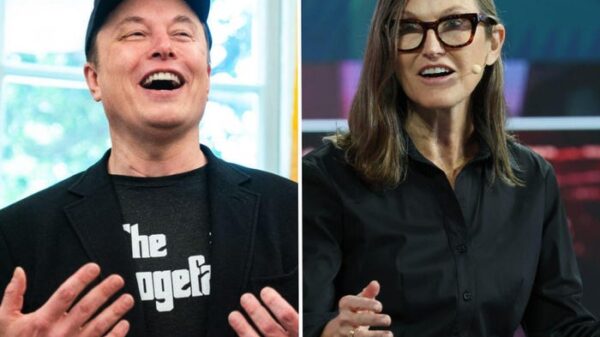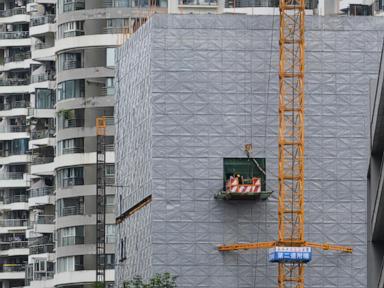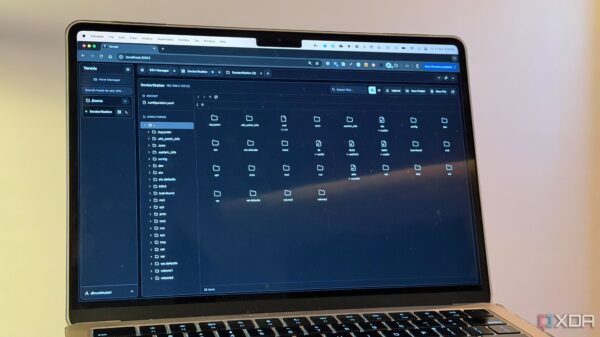HONG KONG — Starting on October 16, 2023, China’s ruling Communist Party convenes for a crucial meeting to establish its goals for the next five years. Under the leadership of Xi Jinping, the fourth plenary session will take place over four days, focusing on the development of the country’s five-year plan for 2026-2030.
This meeting is particularly significant as it occurs amidst escalating trade tensions with the United States. A potential meeting between Xi and U.S. President Donald Trump is anticipated later this month during a regional summit, further highlighting the geopolitical context surrounding these discussions.
Understanding the Fourth Plenary Session
The fourth plenum, one of typically seven during the five-year term of the Central Committee, will see participation from approximately 370 members. The proceedings are conducted behind closed doors, meaning that detailed outcomes may not be publicly available for days or even weeks. Historically, such gatherings aim to unify party officials and the public around the government’s agenda.
While the complete five-year plan is not expected to be unveiled until the annual session of the National People’s Congress in March 2024, analysts like Lynn Song, chief economist for Greater China at ING Bank, suggest that substantial changes to the existing format or messaging are unlikely.
Challenges Facing China’s Economy
The World Bank projects that China’s economy will expand by 4.8% this year, aligning closely with the government’s target of around 5%. Despite this, growth has slowed, with the third quarter of 2023 witnessing a 4.8% increase, marking the lowest pace in a year. Challenges include the ongoing trade war with the U.S. and persistent domestic issues that hinder economic acceleration.
Efforts to stimulate consumer spending and investment remain paramount. The government is focusing on reducing excess capacity across various industries. There is also a significant emphasis on achieving technological self-sufficiency, particularly in the field of artificial intelligence, as the U.S. tightens export controls and raises tariffs. Ning Zhang, a senior economist at UBS, indicates that this focus could lead to increased investments in advanced technology.
Analysts are questioning whether the leadership will adopt more aggressive strategies to enhance consumer confidence and spending. Incremental policy changes, such as increased subsidies for child care and incentives for electric vehicles, have been implemented. Yet, Leah Fahy, a China economist at Capital Economics, argues that bolder moves are necessary to significantly impact consumption.
China’s economy has also faced substantial setbacks due to the downturn in the property sector, which has resulted in widespread layoffs and reduced family spending. Wendy Leutert, an economics and trade professor at Indiana University, noted that the government continues to underinvest in areas critical for balancing the economy, such as health care and education.
As China grapples with demographic challenges, including a declining and aging population of approximately 1.4 billion, the youth unemployment rate stands at nearly 19%. These factors are likely to strain economic contributions from this age group.
Looking ahead, Xi’s administration has set an ambitious goal of doubling the size of China’s economy by 2035. Maintaining a growth rate of 4% to 5% over the next decade will be challenging, according to Zhang. Nonetheless, demonstrating progress toward these ambitious targets is crucial for the ruling party, as it seeks to maintain legitimacy and support among the populace.






































































